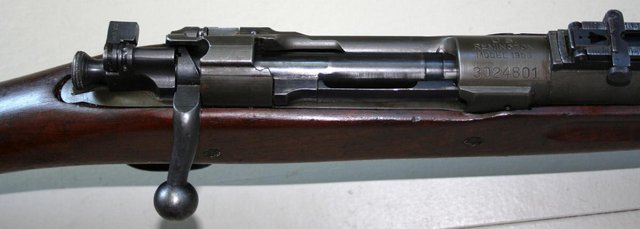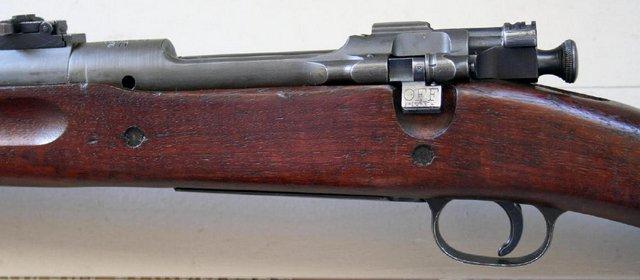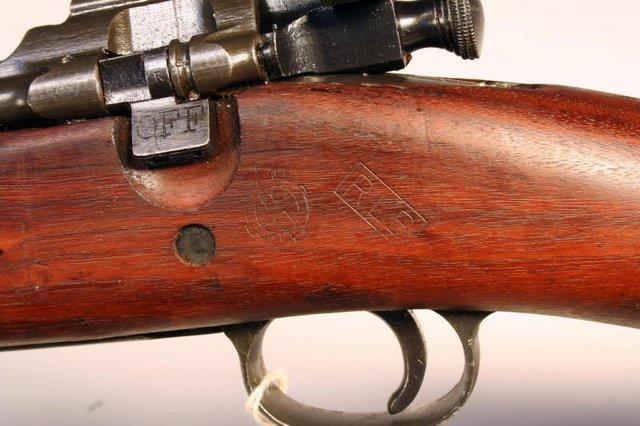As many of you know, many years ago, in the mid-1950s, an USAF officer named Will Levin imported about 200 Remington M1903s from the Britishgovernment. About 1998, he sold 60 of these in five wooden crates to the Red Star Gunshop in California, therefore giving the generic name of “Red Star M1903s” to the entire set. Although a number were sold or given away over the years, Levin’s nephew inherited the remaining rifles, about 70-80, several years ago. Through posts on several military websites and at least three magazine articles, the details of these rifles have gradually come to light.
They were packed in crates of 12 (with one crate of only 8 rifles to make up the even 200). They still bore the grease and packing from the mid-1950s (although very little of the grass or hay-like material was actually present).
The most interesting fact is that these rifles are mostly in original condition and include a number of earlier Remingtons. Serial numbers ranged from one example in the 3,004,000 range to most being in the 3,020,000-3,050,000 range. They saw relatively little service and were probably the largest collection of original M1903s gathered in one place, except for possibly the Springfield Armory Museum. I was fortunate enough to be present in 2008, when we opened two crates of these rifles. I photographically documented the rifles in the crate and most of the rest of the collection for a magazine article written by John Beardand Terrell Mullins.
Terrell decided to open another crate (the last one he will open!), which he did the other day. He said that he had the same feeling that I did in 2008 – that he was opening a historical artifact, which had last seen the light of day in 1955. As with the other crates, the rifles were packed in two rows of 6 each. Even though there was relatively little packing material, the rifles were packed so tightly, there was almost no movement and very few dings or other marks evident when he examined the rifles.
Terrell discovered an interesting group of rifles and said they were probably in the best condition of those discovered in the crates. He examined all of them and they ranged from one rifle in the 3,017,000 range to one in the 3,053,000 range. All had the distinctive red band applied by the British to denote a different caliber than .303. His time was limited, so he could not look for distinctive markings or anything unusual, but, as I said earlier, he said they were the best of the bunch, as far as condition.
Below are some pictures Terrell took from the “opening”.
Since I know this will come up, Terrell has only decided to sell a few of the rifles. They won’t be cheap, but to say there is a “limited supply” is an understatement!!
Note date on lid!Information

Warning: This is a relatively older thread
This discussion is older than 360 days. Some information contained in it may no longer be current.
- Knowledge Library

- MKL Entry of the Month
- Australia
- Austro-Hungarian Empire
- Canada
- Czechoslovakia
- Denmark
- Finland
- France/Belgium
- Germany
- Italy
- Japan
- Norway
- Russia
- South America
- Sweden
- Switzerland
- Turkey
- United Kingdom
- United States
- Yugoslavia
- Is my rifle authentic or a fake?
- Jay Currah's Lee Enfield Web Site
- On-line Service Records (Canada)
- Technical Articles/Research
- Forum
- Classifieds

- What's New?
-
Photo Gallery

- Photo Gallery Options
- Photo Gallery Home
- Search Photo Gallery List
-
Photo Gallery Search
- Video Club

- iTrader













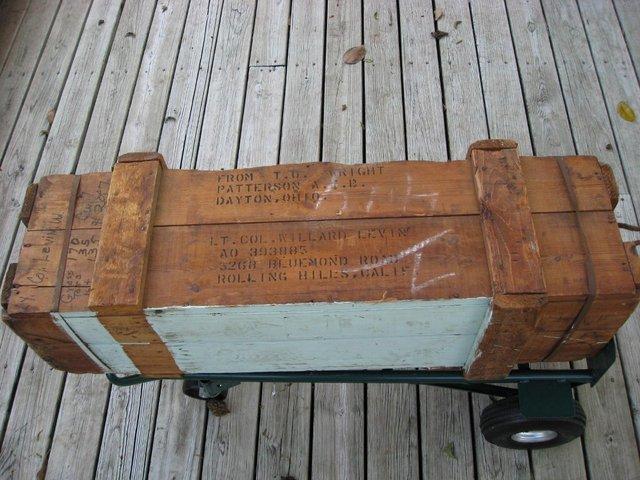
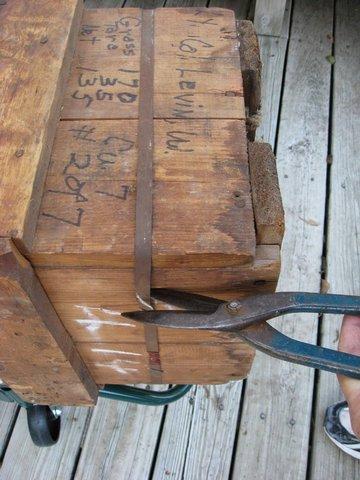
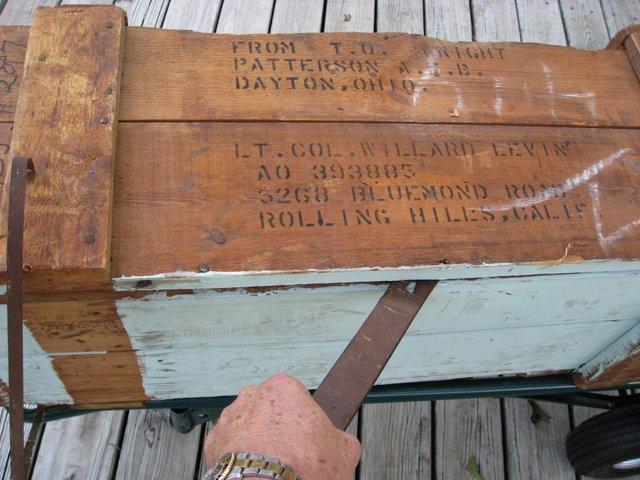
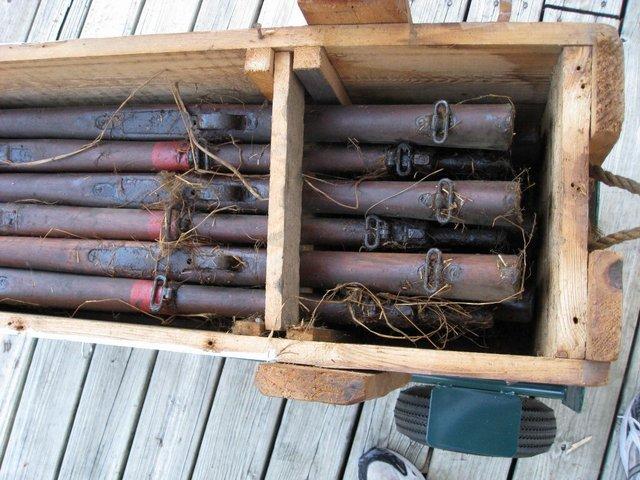
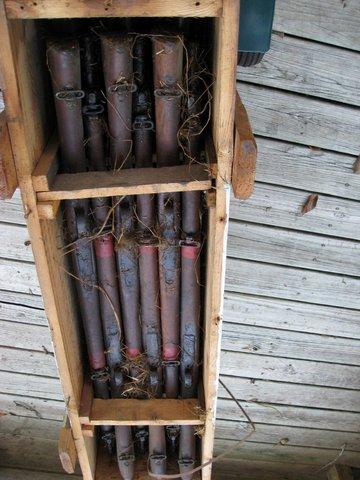
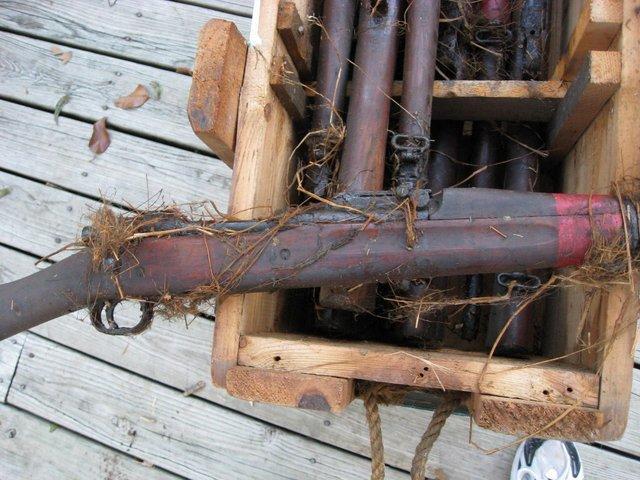
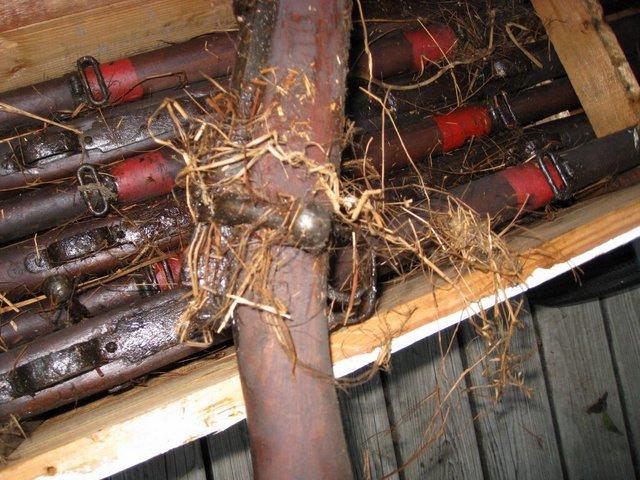
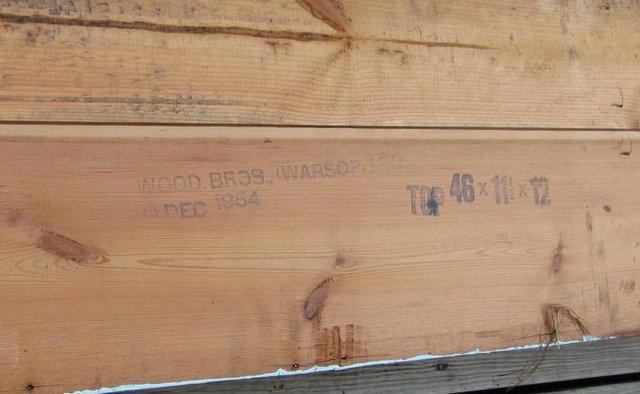
 PM
PM




